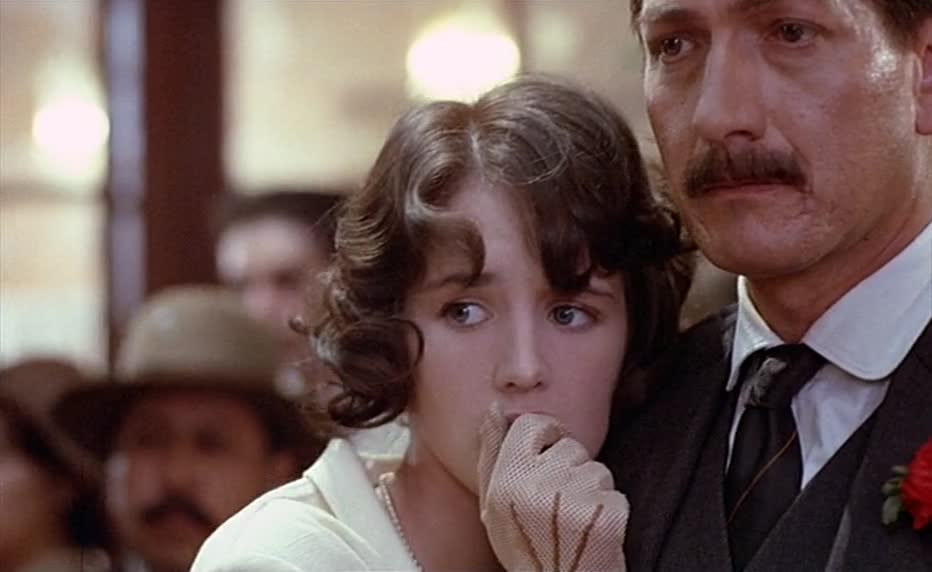
Each and every artistic field boasts its representative, trailblazing works that have ensured that field’s lastingness in the cultural patrimony as well as in the minds of dozens of current (and future) societies. Yet, because of the implacable forces of time or other inexplicable factors, a myriad of fine, praiseworthy oeuvres have been regrettably lost, and the field of cinematography happens to find itself among those afflicted.
From East to West, the little known filmography of virtually every country has been dismally shadowed at some point or another by the staple movies of that particular region. For example, Italy, with Fellini’s intensely profound “La Dolce Vita” (1960) that baffled the nation; France, which attracted worldwide attention due to Godard’s existentialist “Vivre Sa Vie” (1962); or Romania with her thought-provoking 1992 “The Oak” directed by Lucian Pintilie, to name but a few.
Courtesy of an increasingly higher number of platforms dedicated to unearthing lost gems from cinematography’s recesses, we now have access to less heard-of or entirely unheard-of directors and masterpieces – something that reignites our faith in the embracive, timeless nature of cinema.
The movies below are part of this category, and even if they might not be the most high-profile, they nevertheless touch upon and spread compelling ideas and messages. From the strong-mindedness and zeal of Carlos Saura’s “Antonieta” to the ethereal nebulosity of Edward Yang’s “The Terrorizers” or the cringey comicality of Nae Caranfil’s “Asphalt Tango,” these insufficiently celebrated compositions serve to remind us that what’s hidden can sometimes have the power to shine the brightest.
1. Partner (1968)
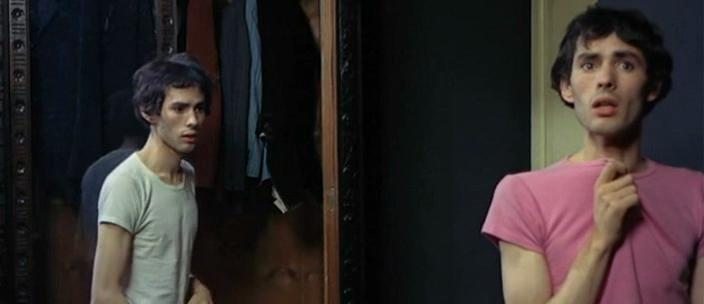
Although rather obscure compared to its more popular counterparts such as ‘’Last Tango in Paris’’(1972) or ‘’The Dreamers’’(2003), “Partner,” directed by Bernardo Bertolucci and produced by his cousin, Giovanni Bertolucci, nevertheless beguiles the viewer with its radical ideas and aura of eccentricity.
With a stellar performance delivered by Pierre Clémenti, and a sombre yet enchanting soundtrack by Ennio Morricone, the film portrays the budding, idealist drama teacher, Giacobbe, in whose eyes theater is the ultimate, truth-encompassing reality. The socially maladjusted character prepares his class for a coming ‘’revolutionary’’ play while simultaneously repressing multifarious types of thoughts and impulses that will come to be embodied by his uninhibited, mischievous doppelgänger, Giacobbe II (played by the same Clémenti).
Slowly but surely, the overpowering, nefarious influence the second Giacobbe has over the first is unveiled throughout the string of murders taking place in completely unexpected, rather pleasant moments. What begins as the story of a repressed young man, trying to grapple with his seemingly bifurcated identity, ends with the incapacity to disjoin these conflicting sides even in the face of doom and irreversible dissolution.
Although imbued with imagery and existential themes typically associated with the cinema of Jean-Luc Godard (as admitted by Bertolucci himself), “Partner” exudes gloominess and forebodes a malfeasant turn of events from the very beginning – for instance, through the scene when the camera closes in only to reveal a pocket pistol hidden in the ruffling pages of the book Giacobbe I was reading.
Yet, in spite of this, the film is equally peppered with humour, exemplified by the scene when Giacobbe goofily dances in front of Clara (Stefania Sandrelli) to impress her, or in the closely following scene when he is thrown out of her house and ends up in an imaginary scuffle with his double, ludicrously kicking and punching the air.
Even though “Partner” treats subjects commonly approached at the time, such as the imprecision of reality and unreality, there are, however, a couple of aspects that distinguish the movie from its period. For example, Bertolucci’s film introduces us to a realm punctuated not only with aesthetic politics but also with political aestheticism, bearing in mind the social context – a May 1968 marked by students’ protests – one can see a social and political commentary that serves to reinforce the idea of art as a necessary political tool.
Discernible are also the Shakespearian concept of ‘’play-within-a play‘’ as well as the fine line between cinematography and theatre. Giacobbe prepares and rehearses a play with his students while he himself is an actor in Bertolucci’s motion picture and, to some extent, in the grander scheme (and stage!) of life.
While the scene depicting Giacobbe with his props, fervidly declaiming his lines, might prompt one to think one is witnessing a theatre performance instead of a cinematographic one, this does nothing but underscore Bertolucci’s deftness to symphonize these two artistic spheres, with all the existential and societal implications they entail.
2. Asphalt Tango (1996)
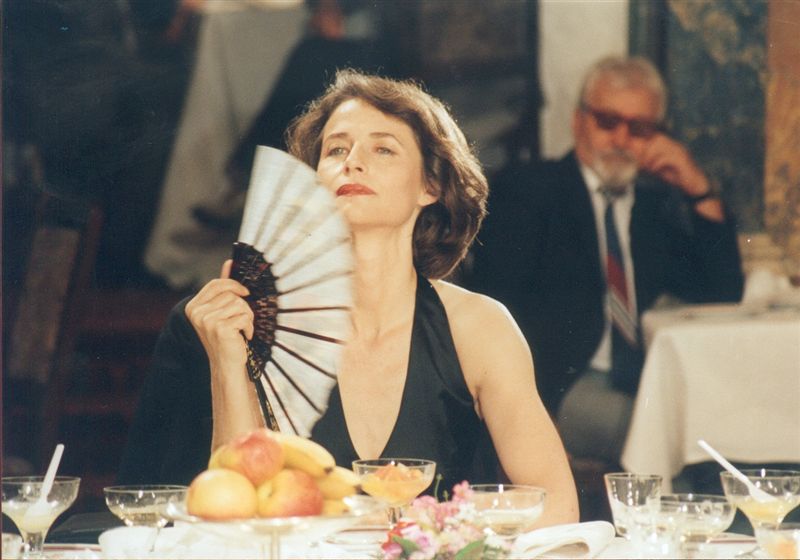
Typically, Romanian humour and a peculiarly captivating kitschiness are at their peak in Nae Caranfil’s second directorial piece “Asphalt Tango.” This Romanian-French co-production starring film doyens Charlotte Rampling, Mircea Diaconu and Florin Călinescu manages to broach a diversity of topics in such a droll manner one can easily dissolve into laughter.
The plot of this comedy is a simple one, quite standard for the (Romanian) cinematographic period portrayed: 2 quasipimps – Gigi (Florin Călinescu) and his driver (Constantin Cotimanis) in cahoots with a French ex-dancer named Marion (Charlotte Rampling) – are looking forward to making money at the expense of 11 girls promised work as cabaret dancers. A mechanic named Andrei Lungu (Mircea Diaconu), who happened to fix the car that was to bring the girls to France, is told by one of the pimps about their intentions to prostitute the girls. Coming back home and realising his wife Dora (Cătălina Răhăianu) had left him and joined the project the pimp was talking about, he alarmedly reports the situation to the police but is met with indifference and thus takes the matter into his own hands. What follows is an apparently endless sequence of the most insane of events, all meant to bring Dora home and back to the “right” path she had strayed from.
In spite of its general typicality, “Asphalt Tango” doesn’t have quite the ending a viewer might expect, judging by its genre and storyline, nor does it conform to the social conventions held at the time. The latter is best illustrated by the striking inversion of gender roles, with the female counterpart (Marion) taking the initiative and instilling respect while the male counterpart (Gigi) merely putting up the pretense of dominance and reliability. With her chic tinted glasses and enviable self-assuredness, Marion manages to coordinate chaotic situations and make herself listened to (if not obeyed) as is the case with her nearly persuading Andrei to let Dora go, as against “monsieur” Gigi, who vainly tries to play hardball but fails miserably time and again.
Those acquainted with Rampling’s previous roles, such as that of Lucia in Liliana Cavani’s “The Night Porter,” might be struck by how contrasting the character of Marion is with that from Cavani’s 1974 film. While in “The Night Porter” she plays the part of the submissive woman, bent on satisfying a man’s every whim, in “Asphalt Tango” her character becomes the dominant party, coaxing others into doing her bidding – two opposing instances that demonstrate Rampling’s prodigious acting skills.
At the end of the day, “Asphalt Tango” is, as was previously described, a “dramedy,” with serious subjects that sublimely entwine with laughs and ridiculousness, forming a tango that makes a sunny, pleasing spectacle. This movie is a total must-see for those looking forward to being thrown into fits of uncontrollable laughter or of awe at Charlotte Rampling’s unparalleled performance.
3. Mélo (1986)
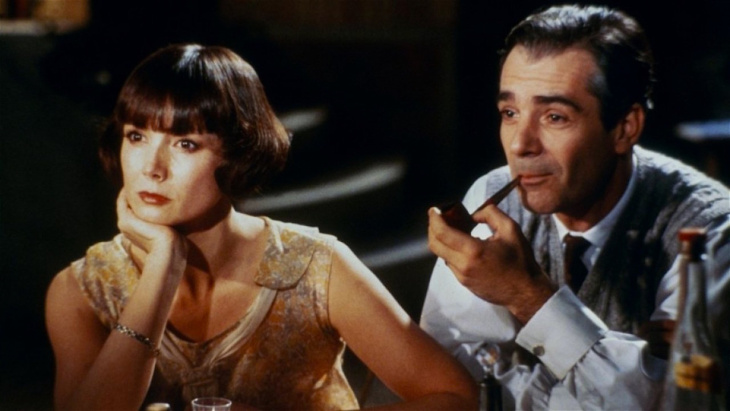
Reportedly shot in only 21 days and one of Susan Sontag’s favourite movies according to MUBI, Alain Resnais’s “Mélo” gracefully pictures the fragile yet intricate interrelations that so mark our human lives. This French hidden gem, based on Henri Bernstein’s 1930 eponymous play, reminds the viewer of how easy sin and virtue juxtapose with one another, until the point of an indiscernibility that will ultimately render the sufferers helpless in the face of destiny.
Starring world-renowned actors such as Pierre Arditi, Sabine Azéma – Resnais’s future wife – and Fanny Ardant in the minor role of good-natured Christiane, “Mélo” portrays the ill-fated love triangle between a couple and a family friend, in a manner slightly reminiscent of Philip Kaufman’s 1988 “The Unbearable Lightness of Being.” The drama unfolds around the 1920s, in a setting at the juncture of cinema and theatre – just like Bertolucci’s “Partner” – in a Paris suburb called Montrouge.
The vivacious Romaine (Sabine Azéma) and the light-hearted Pierre Belcroix (Pierre Arditi) invite Pierre’s friend, the world-famous violinist Marcel Blanc, to dine with them and wistfully reminisce about the good old days. At one point – in a riveting monologue bound to render one wide-eyed and speechless – Marcel discloses a heartbreaking story of amorous deception suffered at the hands of a former lover, Hélène.
This personal anecdote mesmerizes the impressionable Romaine and marks the beginning of an all-consuming, clandestine love affair with shattering and ultimately fatal consequences. Though initially disapproving of Romaine’s adulterous intentions and bent on upholding his honour, Marcel nevertheless gives in to his impulses, thus ironically turning into the living embodiment of what he professes to hate the most – dishonesty and betrayal.
What immediately strikes one upon watching “Mélo” are its bewitching Parisian overtones dotted with a sometimes vibrant, sometimes pastel chromaticity that incline the viewer to ask themself whether this artistic representation is a play, a film, a mixture of the two, or something otherworldly altogether.
Moreover, the presence of music plays a significant part throughout the movie, creating some sort of full circle, since the sweet-sounding tunes of Brahms’s sonatas and classical music as a whole are what reunites the trio in the beginning and what also provides an all too necessary consolation toward the ending.
Although eclipsed by Resnais’s better known masterpieces such as “Hiroshima, mon amour” (1959), “Mélo” nonetheless manages to successfully capture the unpredictability and vagueness that characterize the human essence. Through the childlike, giddy sounds emitted by Pierre in some of his scenes with Romaine or through her somersaults and behavior bordering on madness in the later part of the movie, gestures that contrast starkly with the more down-to-earth Marcel, one can better grasp how comedy and tragedy can both come under similar guises when one least expects them to.
With the aid of Romaine’s final action and Marcel’s duplicity, “Mélo” re-emphasizes the effortlessness with which impetuous feelings can destabilize that which seems most unbendable.
4. Antonieta (1982)
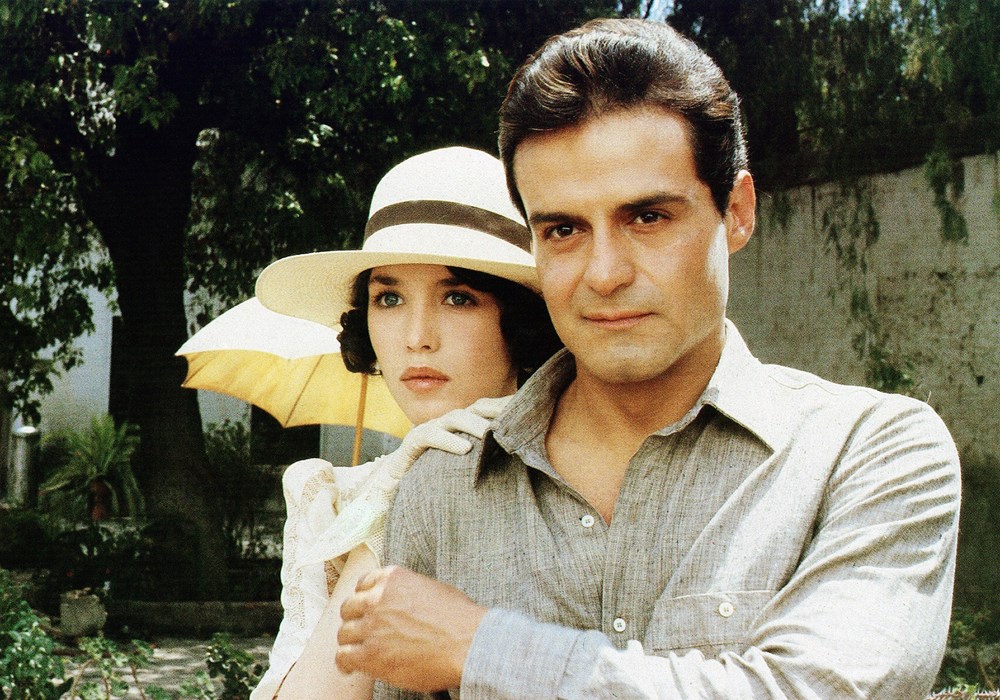
“Antonieta,” director Carlos Saura’s film featuring the dazzling Isabelle Adjani as its main protagonist, might be one of the best choices for anyone interested in female power and the inextricable connection between society and individuality. During the runtime of only one hour and 40 minutes, one manages to witness the tracing of a prolific, forward-looking life, whose high aspirations and consequently high disappointments will lead to disillusionment, incertitude, and ultimately downfall.
“Antonieta” is a memorable cinematographic artwork for a number of reasons. First, it strikes one by its opening scene that showcases a couple of screens broadcasting a cooking show hosted by an apparently ordinary, joyful woman who will blow up her brains in the middle of the live streaming. What’s interesting are both the unexpected locations for suicide chosen by the TV host – a live broadcast; and by Antonieta – Notre Dame of Paris; as well as the stark contrast between what these two settings symbolize: conventionality on one hand and saintliness on the other.
Further, one of the aspects that sets “Antonieta” apart is Adjani’s impeccable performance as the self-possessed, intellectually progressive character of Antonieta, a woman unafraid to take life into her own hands, to impose herself and unabashedly fight for the cause she believes in.
What’s more, by audaciously deciding to end a no longer fulfilling marriage with her first husband, Antonieta embodies the paragon of feminism, a symbol meant to remind generations to come of women’s independence and their extraordinary capabilities to promote and bring about positive changes in a society perpetually needful of betterment.
Seemingly uneventful as compared to other, more action-packed movies from the ‘80s, “Antonieta” nevertheless treats crucial subjects that are worth mulling over, such as the saddening complexness of love coupled with the undividedness of art and society, two elements that can step toward improvement under the apt guidance of women.
5. The Howl (1968)
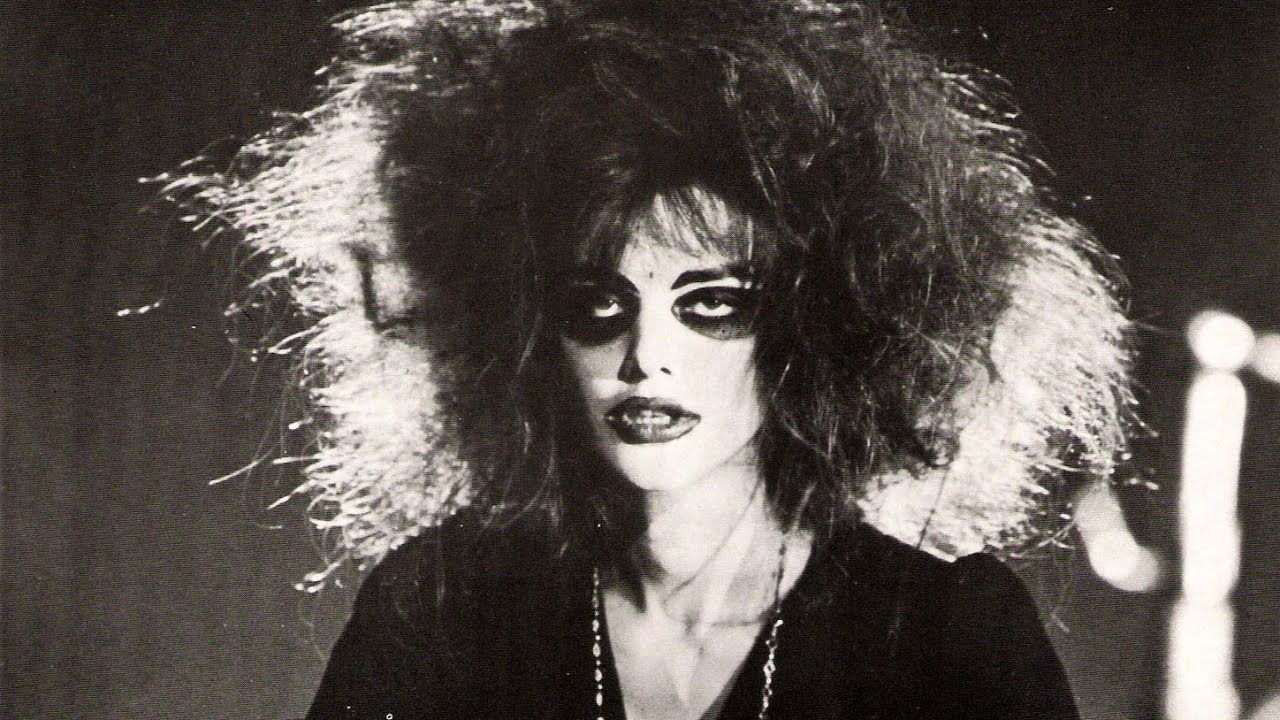
Admirers of surrealist cinematography (I’m looking at you, Jodorowsky lovers) are in for a treat upon embarking to watch Tinto Brass’s extravagant, off-kilter “The Howl” (“L’urlo”).
Banned for seven years after its initial release in 1968 – according to its MUBI description – this oddball film shows how easy it is for the line between reality and fantasy to be blurred.
This kaleidoscope of scenes is no piece of cake when it comes to being summed up. Yet it can be aptly described as the psychotropic incursion in various parallel realities of the jocularly-named duo Anita Annigoni (Tina Aumont) and Berto Bertuccioli (Nino Segurini), where they will successively stumble upon different entities and obstacles. Through their apparently nonsensical adventures, ranging from witnessing orgies with birds to meeting a half-naked cannibal in the woods calling himself the supreme philosopher, Tinto Brass parodies the oppressiveness of those political and social systems that woefully disrupted the course of history.
This political satire slash whimsical account oozes with Jodorowskian vibes through its depiction of queer activities and behaviours, such as women hatching eggs or a naked guy running in a barrel in quest for “Ecce Hommo” (“The Man”). Though they might look absurd at first, these actions abound in a profundity – albeit comically displayed – whose aim is to befuddle, aesthetically please, and invite to introspection all at once.
Moreover, not only does “The Howl” resemble Jodorowsky’s uncanny cinematography, but it also brings to mind the bizarreness of Věra Chytilová’s “Daisies” (1966), as well as the outlandishness of David Lynch’s movies – though to a considerably limited extent.
With its playful soundtrack serving as the background for the couple’s roaming around or running for their dear lives, the movie bears some resemblance to the scenes featuring the equally wacky duo of Marie the Blonde and Marie the Brunette from Chytilová’s “Daisies.” Nevertheless, “The Howl” falls toward the grotesque, reaching levels of a sick and twisted abnormality diametrically opposed to those from its 1966 predecessor.
In the end, similar to the likes of Lynch or Jodorowsky, “The Howl” is not meant to be deconstructed and analyzed piece by piece, rather it should be admired and cherished as a composite, just like Picasso’s paintings. Movies like this, with lionesses ambling in cemeteries or eccentrically painted women sitting for decades in the middle of a railway, are designed to have their essence extracted, or formed through each individual’s unique consciousness and frame of mind.
If what you are interested in is a mélange of both subtle and direct political criticism and partly delusional partly philosophical ramblings chaotically depicted, then “The Howl” constitutes a totally unmissable film choice.